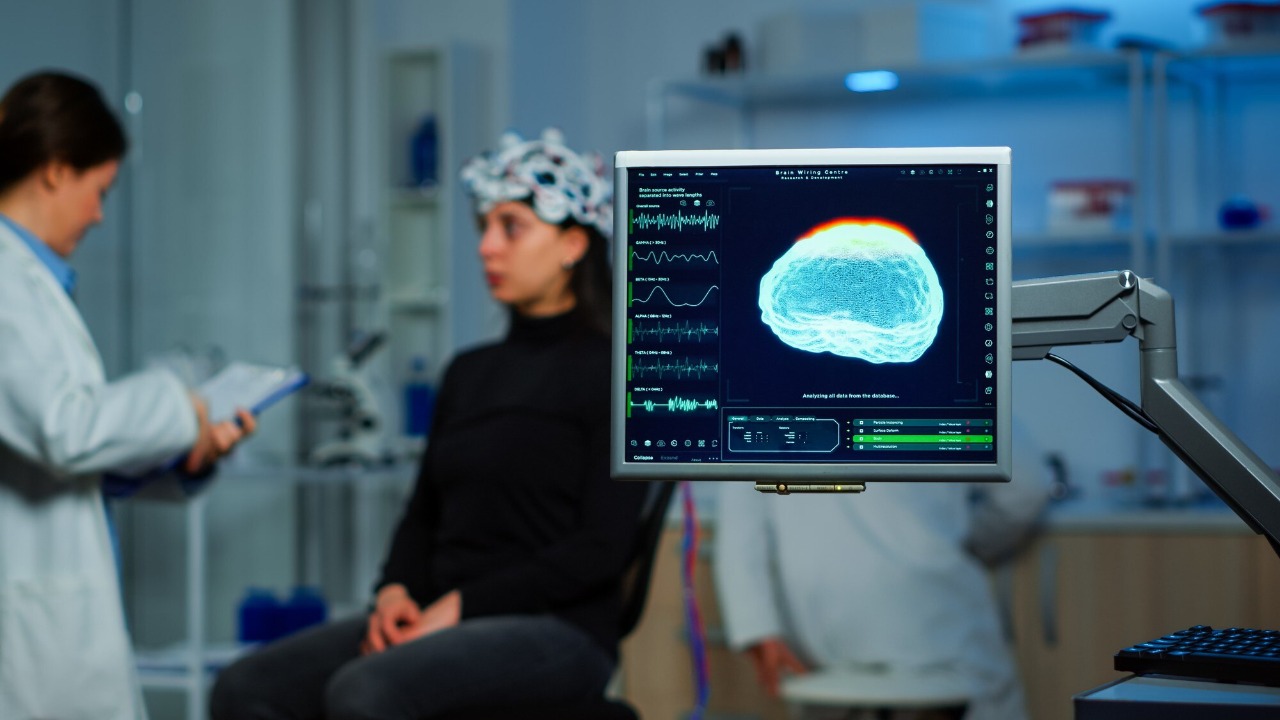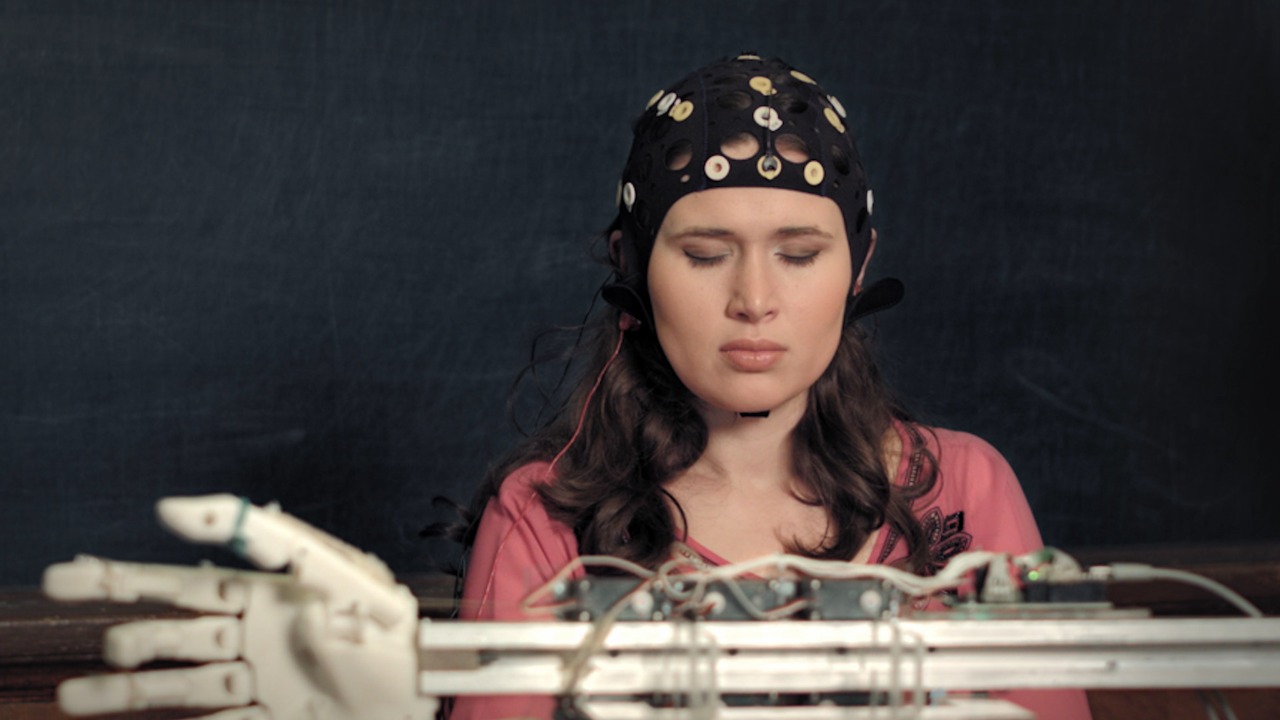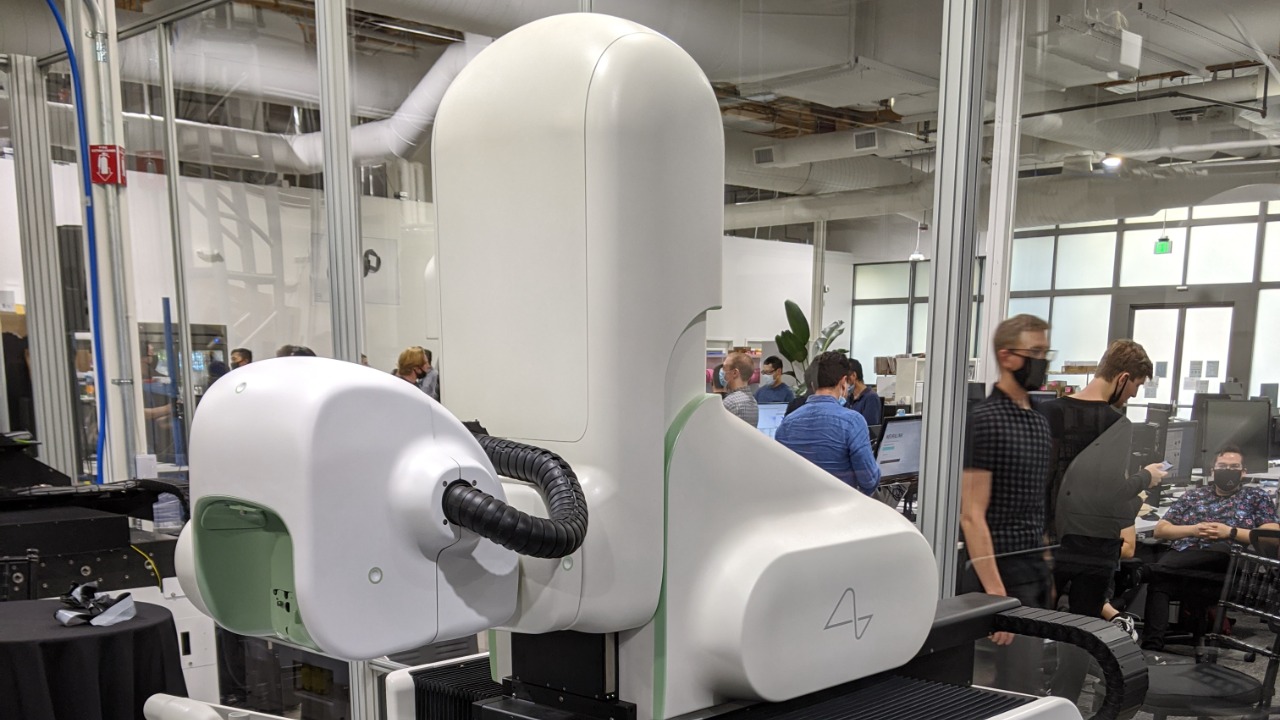In a groundbreaking leap forward for technology, Cortical Labs has unveiled the CL1, the world's first commercial biological computer powered by living human brain cells. This revolutionary development merges the fields of neuroscience and computing, offering unprecedented processing power and efficiency. The CL1 sets a new benchmark in computational capabilities, heralding a new era in how we approach complex problem-solving and artificial intelligence.
The Science Behind Biological Computing

The CL1 harnesses the intrinsic processing power ofbiological neurons, which are the fundamental building blocks of the human brain. These neurons have natural capabilities for processing and transmitting information, enabling the CL1 to perform complex computations in a way similar to the human brain. Unlike traditional computers that rely on binary code, the CL1 can process information in parallel, allowing for more efficient and adaptable processing.
Integrating these biological components with silicon technology presents unique challenges and opportunities. Cortical Labs has developed innovative methods to seamlessly combine these two distinct systems. By embedding human neurons within a silicon framework, the CL1 leverages the speed and reliability ofTraditional computingwhile enhancing it with the adaptability and learning potential of biological systems. This hybrid approach not only boosts computational power but also opens new avenues for developing more intuitive and intelligent technologies.
The advantages of biological computing over traditional systems are significant. Biological computers such as CL1 are inherently more efficient, as they can dynamically rewire themselves in response to new information, much like the human brain. This adaptability enables them to learn and improve over time, presenting immense potential for self-optimizing systems. Additionally, the energy efficiency of biological neurons offers a sustainable alternative to the power-hungry processes of conventional computing, reducing the environmental impact of large-scale data processing.
Development and Testing of the CL1

The journey of the CL1 from concept to commercial product has been a remarkable one. The project began with a visionary idea to combine the unparalleled capabilities of the human brain with modern computing technology. Over the years, a dedicated team of neuroscientists, computer engineers, and researchers worked tirelessly to bring this vision to fruition. Through numerous experiments and trials, the team refined their approach, overcoming significant technical challenges to achieve a viable product.
During the development phase, the team encountered variousExperimental successes and challenges. One key breakthrough was the ability to maintain and control living neurons outside the human body for extended periods. This was essential for creating a stable and reliable computing platform. However, the team also faced obstacles, such as ensuring the compatibility of biological and silicon components and optimizing communication between the two.
The success of the CL1 project would not have been possible without collaborative efforts across multiple disciplines. By bringing together experts from neuroscience, computing, and engineering, Cortical Labs was able to leverage a diverse range of skills and knowledge. These collaborations were instrumental in overcoming technical hurdles and pushing the boundaries of what is possible in biological computing. The result is a groundbreaking product that stands at the forefront of a new technological era.
Potential Applications and Implications

The CL1 is poised to revolutionizeartificial intelligenceby enabling machines to process information more like the human brain. This development could lead to significant advancements in AI, allowing for the creation of more intelligent and intuitive systems. With the ability to learn and adapt in real-time, the CL1 offers a promising platform for developing AI applications that can better understand and respond to complex environments.
Beyond AI, the implications of biological computing extend to various fields of scientific research. The CL1's unique processing capabilities have the potential to advance research in genomics, environmental modeling, and pharmaceuticals. For instance, its ability to handle vast amounts of data efficiently makes it ideal for analyzing genetic information, leading to breakthroughs in personalized medicine and disease treatment. Similarly, its adaptability can enhance environmental models, providing more accurate predictions for climate change and resource management.
However, the use of human brain cells in technology raises important ethical and societal considerations. As with any emerging technology, there are concerns about privacy, consent, and the potential for misuse. The integration of biological components into computing systems also prompts questions about the nature of consciousness and the boundaries between humans and machines. Addressing these ethical issues is crucial to ensuring the responsible development and deployment of biological computing technologies.
Market Availability and Future Prospects

The commercial release of the CL1 marks a significant milestone in the field of computing. Industries such as healthcare, finance, and robotics are poised to benefit from this groundbreaking technology. The CL1's ability to process complex data efficiently makes it an attractive option for businesses seeking innovative solutions to enhance their operations. As more companies recognize the potential of biological computing, the demand for the CL1 is expected to grow rapidly.
Looking ahead, Cortical Labs is already exploring future innovations and upgrades for the CL1 platform. Potential developments include enhancing the scalability of the technology to accommodate larger and more complex datasets. Additionally, the company is investigating ways to improve the integration of biological and silicon components, further boosting the performance and capabilities of the CL1. These advancements will not only solidify the CL1’s position in the market but also pave the way for new applications and opportunities.
Scaling and accessibility are key challenges for the widespread adoption of biological computing. Cortical Labs is actively working on strategies to make the CL1 more accessible to a broader audience. This includes developing cost-effective production methods and expanding distribution channels to reach more customers. By addressing these challenges, the company aims to make biological computing a viable option for a wide range of industries, driving innovation and growth in the tech sector.
Expert Opinions and Industry Reactions

The introduction of the CL1 has attracted significant attention from experts in neuroscience and computing. Leading figures in these fields have praised the groundbreaking nature of the CL1, highlighting its potential to transform the technology landscape. As more insights from thought leaders emerge, the significance of this development becomes increasingly clear. Their perspectives underline the importance of continued research and innovation in biological computing.
The industry response to the CL1 has been marked by both excitement and anticipation. Competitors in the tech sector are closely monitoring this innovation, recognizing its potential to disrupt existing market dynamics. Some companies are already exploring similar technologies, seeking to capitalize on the opportunities presented by biological computing. This competitive landscape is likely to spur further advancements and drive the evolution of computing technologies.
Public perception of biological computing is also evolving, with growing interest and curiosity about the possibilities it offers. Factors such as cost, accessibility, and ethical considerations will play a significant role in determining the adoption of this technology across different sectors. As awareness and understanding of biological computing increase, it is expected that more industries will embrace the CL1, leading to a broader impact on society and the economy.
0 comments:
Ikutan Komentar